Field review: Nikon D7100 and Subal ND7100
Wide-angle
As I mentioned earlier, Subal did not send me a dome port or gear for my Tokina 10-17mm, which limited my wide angle photography. Although I was very happy to have the chance to shoot with the Nikon 10.5mm, which remains the best fisheye available for Nikon SLRs, it wasn’t as suited to Balinese subjects at the 10-17mm would have been. That said, visibility was not at its best in the Tulamben area during my stay, and had I not been shooting for a review, I would have probably not shot any wide angle.
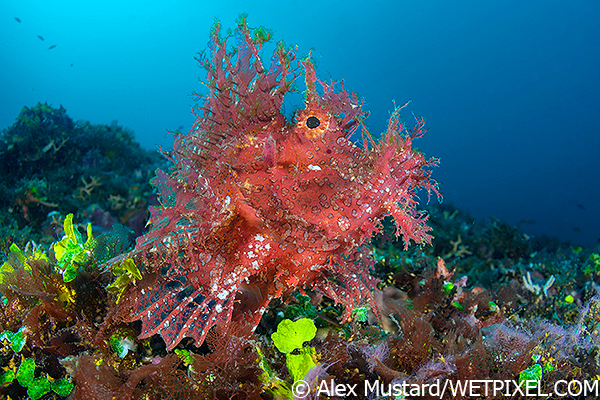
I used the AUTO area autofocus (in AF-C) mode for wide angle, which worked well, except when the sun caught micro scratches in my acryllic dome port and confused it. Despite these occasional problems, I would recommend this focus mode for wide angle on the D7100. The D7100 also coped well with high dynamic range scenes, such as sunbursts. Despite only limited testing, I felt that that it performed between the D7000 and D800, both of which are excellent in this regard. Although that is what I would have said about the camera before I tried it! Ideally I would have liked more time for more rigorous testing.
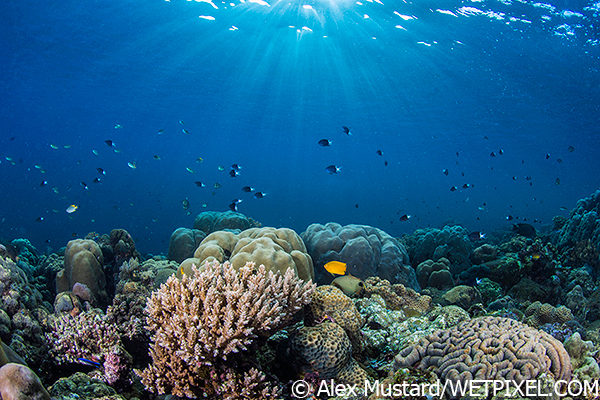
I was keen to examine the high ISO performance of the D7100. A camera that squeeses 24 MP on a DX chip (the equivalent of 58MP on full frame sensor) is not typically the recipe for good low light performance. But each generation of cameras continues to make us reassess what we think is possible.
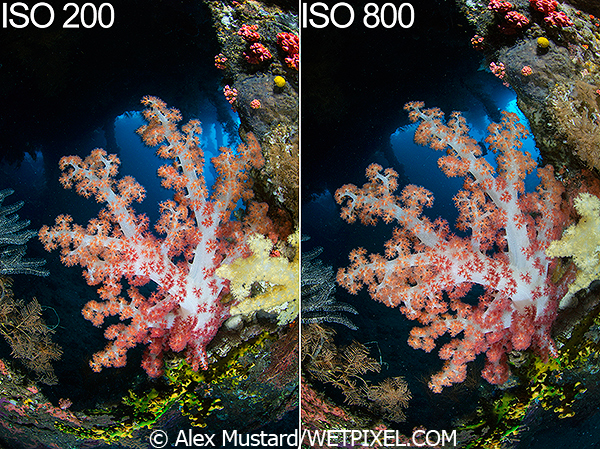
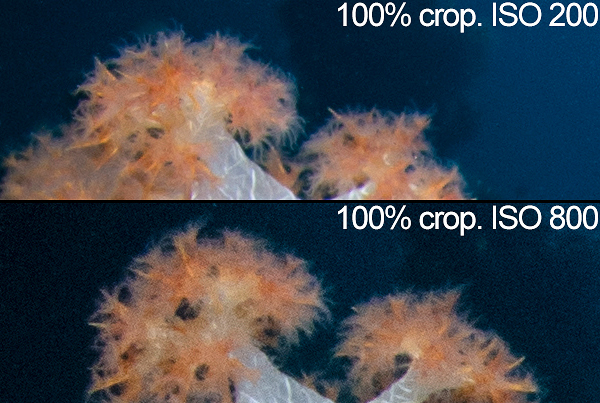
The revolutionary Nikon D800 made us reassess how we evaluate at noise in digital cameras. Like the D800, the D7100 shows visible noise as you turn up the ISO, but because of the very high pixel count, this is often not significant when you think of final image use. In short, increasing the ISO on both cameras is not something to be scared of doing, instead, just be aware that the more you turn it up, the smaller the maximum reproduction size of the final image becomes. However, it will probably remain larger than your intended image useage.
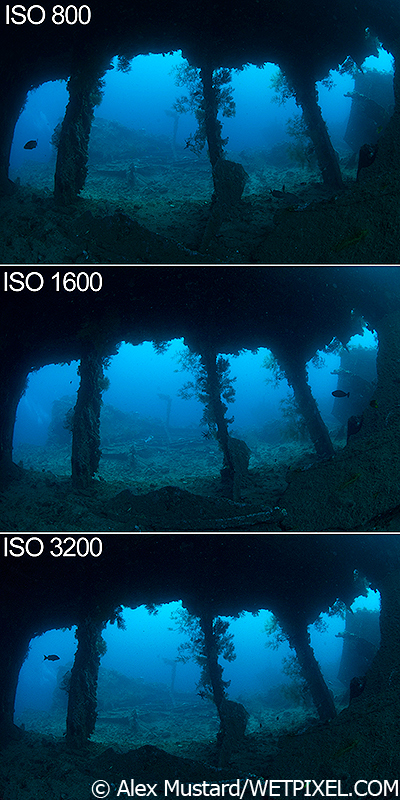
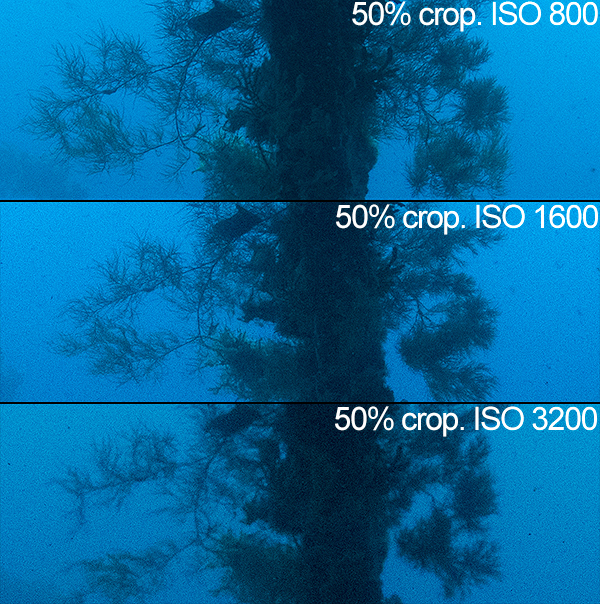
If you are coming from a 12MP Nikon, this is a very different way of thinking about high ISO shooting. Noise isn’t really the problem, instead turning up the ISO simply means you’ll need to down-sample the file size to hide the noise. In other words, if you want to use all of that available resolution, then keep the ISO low, but don’t be afraid of using ISO on the ND7100. Even ISO 1600 is usable for most outputs. ISO 3200 does seem to introduce noise at levels that overwhelms fine details, but the files would still be fine for on screen use and for projection. The other impact of high ISO shooting is reduced dynamic range, most obvious as highlights blowing out.